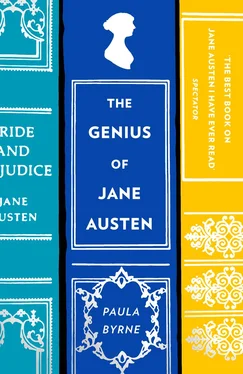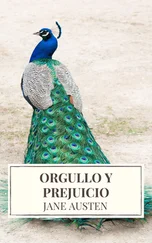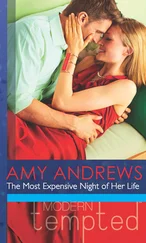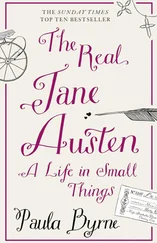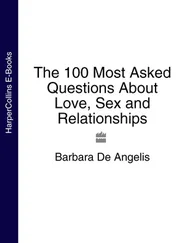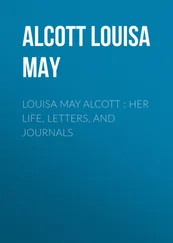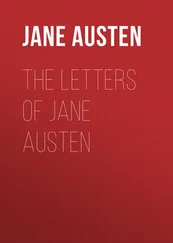Elliston’s last engagement on the Bath stage, before leaving for London, was as Rolla in Sheridan’s adaptation of Kotzebue’s Pizarro . 49Rolla was not a surprising choice for Elliston. His performance of the noble, virtuous warrior was one of his most acclaimed tragic roles. It was also the role that he played for his Drury Lane debut, later that year, when he took over from Kemble. 50
Another Kotzebue adaptation, Lovers’ Vows , was performed at least seventeen times in Bath from 1801 to 1806. 51This suggests that Austen was familiar with the play long before she used it in Mansfield Park . Elliston played the part of Frederick. Kotzebue adaptations such as The Birth-Day , Pizarro , The Stranger and Lovers’ Vows continued to flourish at Bath, despite objections by the Anti-Jacobin Review to ‘the filthy effusions of this German dunce’. 52In September 1801 Siddons played Elvira in Pizarro alongside Elliston at the Orchard Street Theatre. 53Elvira, in particular, incited vicious attacks by the Anti-Jacobin Review which, with typically excessive rhetoric, described her as one of the most reprehensible characters that had ever been suffered to disgrace the stage. Such charges cut no ice with playgoers, who flocked to the Bath theatre to see Siddons as Pizarro’s dignified paramour.
Another comment suggesting that the Austens were theatregoers while living in Bath is to be found in a letter written by Jane’s mother to her daughter-in-law Mary Austen: ‘Cooke, I dare say will have as full houses tonight and Saturday, as he had on Tuesday.’ 54George Frederick Cooke (1756–1811) was the name of the Covent Garden actor whose brilliance as a tragic actor was overshadowed by his notorious drinking problem. He was one of the great actors of the English stage, the hero of Edmund Kean. After Cooke’s death brought on by hardened drinking, Kean arranged for his remains to be removed to a better location, and kept the bone of the forefinger of his right hand as a sacred relic. 55Cooke’s reputation as a drunkard has obscured his acting abilities. His performances of Richard III and Iago were legendary, but he was considered to be an unreliable and erratic actor. One of his critics, to Cooke’s great mortification, described him in the following terms: ‘No two men, however different they may be, can be more at variance than George Cooke sober and George Cooke in a state of inebriety.’ 56At Covent Garden in 1803, while playing Sir Archy MacSarcasm in Love à la Mode , Cooke was so drunk that he was hissed off stage and the curtain dropped.
Like Kean and Siddons, Cooke started his career as a provincial actor before he became famous on the London stage. 57In December 1801 Cooke returned to Bath where he played Richard III, Shylock and Sir Archy MacSarcasm. In that season, the same time that Mrs Austen was writing of him, he also played Iago to Elliston’s Othello. Cooke wrote in his journal: ‘I received the greatest applause and approbation from the audiences.’ 58
The last five seasons at the Orchard Street Theatre before the opening of the new playhouse in 1805 saw the introduction of several London actors onto the Bath stage. The appearance of such London stars gave prominence to the playhouse, and, coupled with the allure of Elliston, ensured its reputation as a theatre of the highest standing. Austen was fortunate in residing in Bath at a time when the theatre was in ‘the zenith of its glory’, 59and where she could see her favourite actor performing all the major roles. Elliston’s most famous roles in comedy were Charles Surface, Doricourt, Ranger, Benedick, Marlow, Lord Ogleby, Captain Absolute, Lord Townley and Dr Pangloss. In tragedy, Hamlet, Macbeth, Othello, Douglas, the Stranger, Orestes and Rolla were just a few of the characters that her ‘best Elliston’ made his own. 60
Elliston was unusual in being a player of tragic and comic parts. Leigh Hunt declared Elliston ‘the only genius that has approached that great actor [Garrick] in universality of imitation’. Though Hunt preferred him in comedy, he described him as ‘the best lover on the stage both in tragedy and comedy’. 61Others praised his diversity. Byron said that he could conceive nothing better than Elliston in gentlemanly comedy and in some parts of tragedy. 62His obituary stated that ‘Elliston was undoubtedly the most versatile actor of his day’. 63Even William Oxberry’s disparaging memoir conceded that ‘Mr Elliston is the best versatile actor we have ever seen’. 64Charles Lamb honoured him with high praise in his ‘Ellistonia’: ‘wherever Elliston walked, sate, or stood still, there was the theatre’. 65
Elliston finally moved on to the London stage, where Austen saw him perform. She complained, however, of the falling standards of Elliston’s acting when she saw him in London. Austen’s observations on his demise reveal her familiarity with his work from the Bath years. With the majority of Austen’s letters from this time missing, destroyed after her death, much has been lost, for, as her London letters reveal, she was a discerning and perceptive critic of the drama.
When Austen left Bath in 1806 to live with Frank Austen and his wife, Mary, in Southampton, she was forced to make do with the French Street Theatre, a far cry from Bath’s Theatre Royal. It was also during the first few months at Southampton that Austen wrote her two little playlets on baby-care. Frank Austen’s young wife was pregnant with their first child, and writing the plays proved a welcome diversion during the winter evenings. Austen also attended the public theatre in Southampton. In her list of expenses for 1807 she noted that she had spent 17 s . 9 d . for water parties and plays during that year. 66
The French Street Theatre in Southampton was served mainly by provincial companies, but stars from the London stage made occasional visits. Sarah Siddons and Dora Jordan made visits of a few days in 1802 and 1803. 67The less talented Kemble brother, Charles Kemble, and his wife played there for a few nights in August 1808. 68John Bannister (1760–1836), one of the most popular comedians of the London stage, was also well known to the provinces. His Memoirs record that he played the provinces during the summer months from 1797 to 1812. In the course of his career he took on the roles of some 425 characters. 69
Although there is no record by Jane Austen of the plays that she saw at the French Street theatre, her niece recorded one of the performances that she attended with her two aunts. In September 1807 Edward Knight and his family visited his mother and sisters in Southampton. Austen’s attachment to her niece Fanny Knight is revealed in her description of her as ‘almost another sister’ ( Letters , p. 144). Austen had amused her niece with private theatricals in 1805, and when Fanny came to stay they visited the playhouse. Fanny recorded in her journal that on 14 September 1807 the party saw John Bannister in The Way to Keep Him and the musical adaptation of Kotzebue’s Of Age Tomorrow for his benefit. 70
Bannister’s role in Arthur Murphy’s comedy The Way to Keep Him was Sir Bashful Constant, a man of fashion in possession of the shameful secret that he is in love with his own wife, his ‘ Cara Sposa ’. 71Jane Austen employed this fashionable Italianism to brilliant effect in Emma . For Emma, there is no clearer mark of Mrs Elton’s vulgarity than her references to her husband as ‘Mr E.’ and ‘my caro sposo ’: ‘A little upstart, vulgar being, with her Mr E., and her caro sposo , and her resources, and all her airs of pert pretension and under-bred finery’ ( E , p. 279). Scholars have debated the source of Austen’s use of the phrase, but no one has noticed its presence in Murphy’s comedy, where, spoken by the coxcomb Sir Brilliant Fashion, it surely got a laugh in the theatre.
Читать дальше
